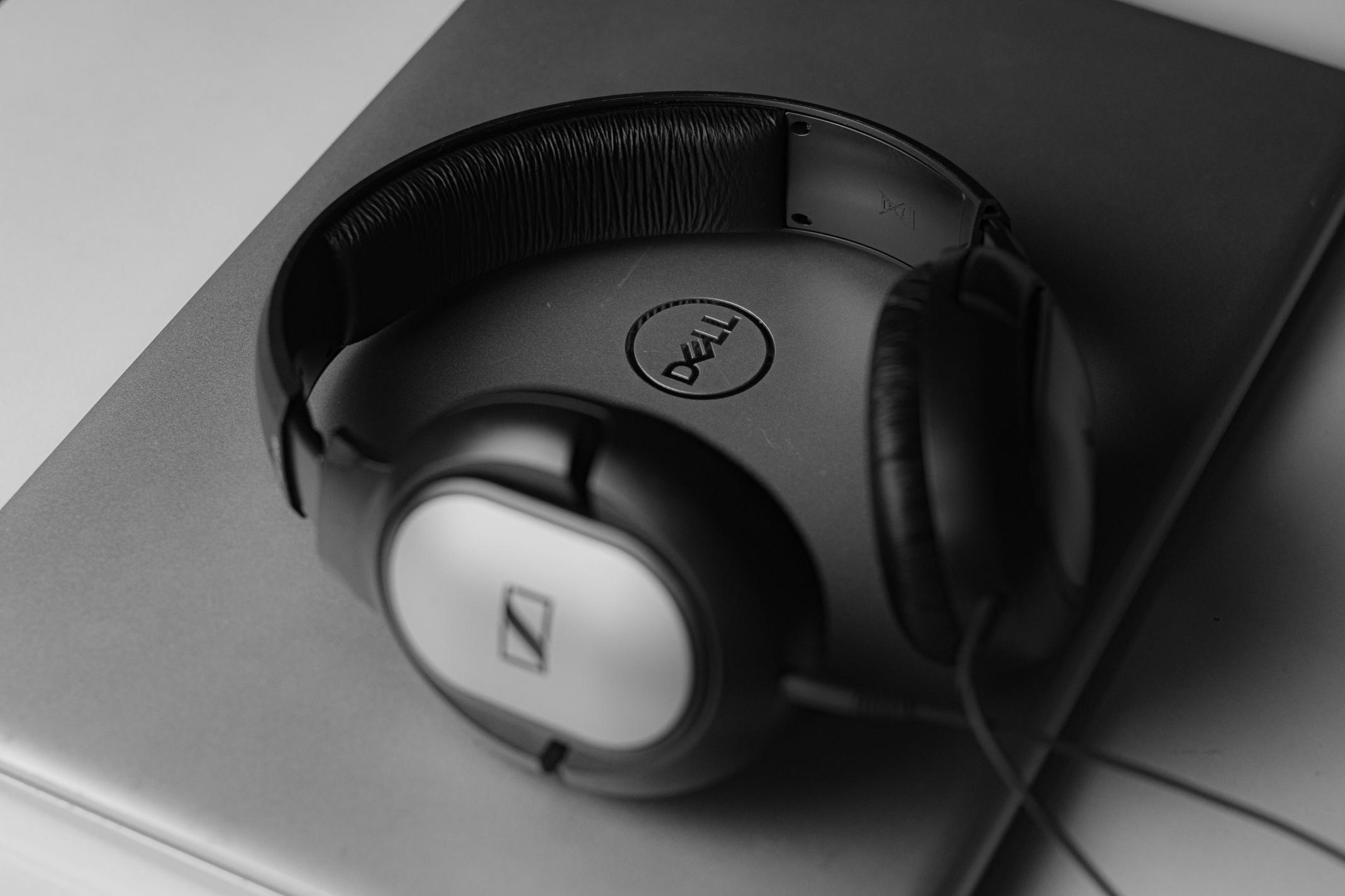How to Fix Dell Laptop Sound Not Working: A Comprehensive Guide
Introduction
Experiencing sound issues on a Dell laptop can be incredibly frustrating, especially when you rely on your device for work, entertainment, or communication. If your Dell laptop's sound is not working, don't panic. This guide will walk you through an array of solutions to help you identify and resolve the issue. We cover everything from basic troubleshooting to more advanced techniques to ensure you can get your laptop audio working again.

Common Reasons for Sound Problems
Various factors can contribute to sound issues on a Dell laptop. Understanding these common reasons can help you diagnose and resolve the problem more effectively.
- Muted Sound or Low Volume: Sometimes, the simplest reason might be the culprit. Check if the sound is muted or the volume is too low.
- Outdated or Corrupted Drivers: Sound drivers act as a bridge between your laptop's hardware and software. If these drivers are outdated or corrupted, sound problems can occur.
- Faulty Audio Hardware: Components like speakers, headphone jacks, or internal circuitry might be faulty, causing sound disruptions.
- Incorrect Audio Settings: Misconfiguration in Windows or application-specific sound settings can result in no sound.
- Operating System Issues: Bugs or glitches in the operating system itself might disrupt audio.
Knowing these culprits sets the stage for the following troubleshooting steps aimed at diagnosing and fixing the sound issues on your Dell laptop.

Initial Troubleshooting Steps
Before diving into more detailed solutions, start with these initial troubleshooting steps. Often, they can fix the problem quickly.
- Check the Volume Controls: Ensure the volume is not muted and is turned up. Look for volume control buttons on your keyboard or use the taskbar icon.
- Restart Your Laptop: A simple restart can sometimes resolve software glitches causing sound issues.
- Check External Audio Connections: If using external speakers or headphones, verify that they are properly connected to the right port.
If these basic steps don’t work, it’s time to inspect the drivers and settings more thoroughly.
Verify and Update Drivers
Drivers play a crucial role in the functioning of your laptop's sound system. Verifying and updating these drivers often resolve sound issues.
Updating Sound Drivers
- Open Device Manager by searching for it in the Start menu.
- Expand the 'Sound, video and game controllers' section.
- Right-click on your audio device and select 'Update driver'.
- Choose 'Search automatically for updated driver software' to let Windows find and install the latest driver.
Rolling Back to Previous Drivers
If a recent driver update caused the issue, rolling back to the previous version might help.
- In Device Manager, right-click on your audio device and select 'Properties'.
- Navigate to the 'Driver' tab and click 'Roll Back Driver'.
- Follow the prompts to revert to an older driver version.
Using the Dell SupportAssist Tool
Dell's SupportAssist tool can automatically detect and resolve hardware and software issues.
- Download and install Dell SupportAssist from the Dell website.
- Open the app and run a scan for hardware problems.
- Follow any recommendations provided by SupportAssist.
These driver-related actions can resolve a large percentage of sound issues. If not, the next step is to hone in on the sound settings in Windows.

Checking Windows Sound Settings
The right configuration in Windows sound settings can make all the difference. Let’s look at the setup.
Accessing and Configuring Sound Settings in Windows
- Open Settings by pressing Win + I.
- Navigate to 'System' and then 'Sound'.
- Ensure the correct output device is selected, and the volume is adequate.
Managing Default Playback Devices
- Right-click the speaker icon in the taskbar and select 'Sounds'.
- Go to the 'Playback' tab, right-click your desired device, and choose 'Set as Default Device'.
Running the Windows Sound Troubleshooter
Windows includes a built-in troubleshooter specifically for sound issues.
- Open Settings and go to 'Update & Security'.
- Click on 'Troubleshoot' and select 'Playing Audio'.
- Follow the on-screen instructions to let Windows diagnose and fix the issue.
Following these configurations ensures you eliminate common software settings as the root cause. If the problem persists, inspect the hardware.
Inspecting Hardware
Delving into the physical components of your laptop can also shed light on sound issues.
Checking the Headphone Jack
Dirt or debris can sometimes block the headphone jack. Carefully clean it with a toothpick or compressed air and check if sound works with headphones plugged in.
Testing with External Speakers
Connect external speakers or headphones to see if the issue lies with your internal speakers.
Inspecting Internal Speakers
If external devices work, but the internal speakers don’t, the problem might be with the internal speakers themselves. This typically requires professional inspection or repair.
Should hardware be the issue, advanced troubleshooting might be necessary.
Advanced Troubleshooting
When basic and intermediate measures fail, advanced solutions might be required.
BIOS Settings and Updates
Sometimes, outdated BIOS can cause hardware malfunctions, including sound issues.
- Restart your laptop and enter BIOS by pressing F2 during startup.
- Check for any disabled audio settings and enable them.
- Visit the Dell website to find and install BIOS updates specific to your laptop model.
Resetting the Laptop to Factory Settings
As a last resort, resetting your laptop can resolve deeply ingrained software issues.
- Backup your data.
- Navigate to Settings > Update & Security > Recovery.
- Click 'Get Started' under 'Reset this PC' and follow prompts.
Contacting Dell Support
If all else fails, reach out to Dell Support for professional assistance. Their technicians can offer specific insights based on your laptop model.
Conclusion
Addressing sound issues on a Dell laptop can be straightforward with systematic troubleshooting. Starting from basic checks to advanced configurations and potential hardware inspections, this guide covers all the bases. Hopefully, these steps help you restore your laptop’s audio functionality, ensuring you can return to uninterrupted use.
Frequently Asked Questions
Why is my Dell laptop not making any sound?
There may be multiple reasons, such as muted audio, outdated drivers, or hardware issues. Start by checking the volume settings, updating the drivers, and inspecting hardware.
How do I know if my laptop's sound card is faulty?
You might suspect a faulty sound card if updating drivers, changing settings, and using external devices don’t fix the issue. Professional diagnostics are recommended for confirmation.
What should I do if updating drivers didn’t fix the sound issue?
If updating drivers doesn’t help, check Windows sound settings, inspect hardware connections, and consider advanced troubleshooting like resetting the BIOS or contacting Dell Support.



